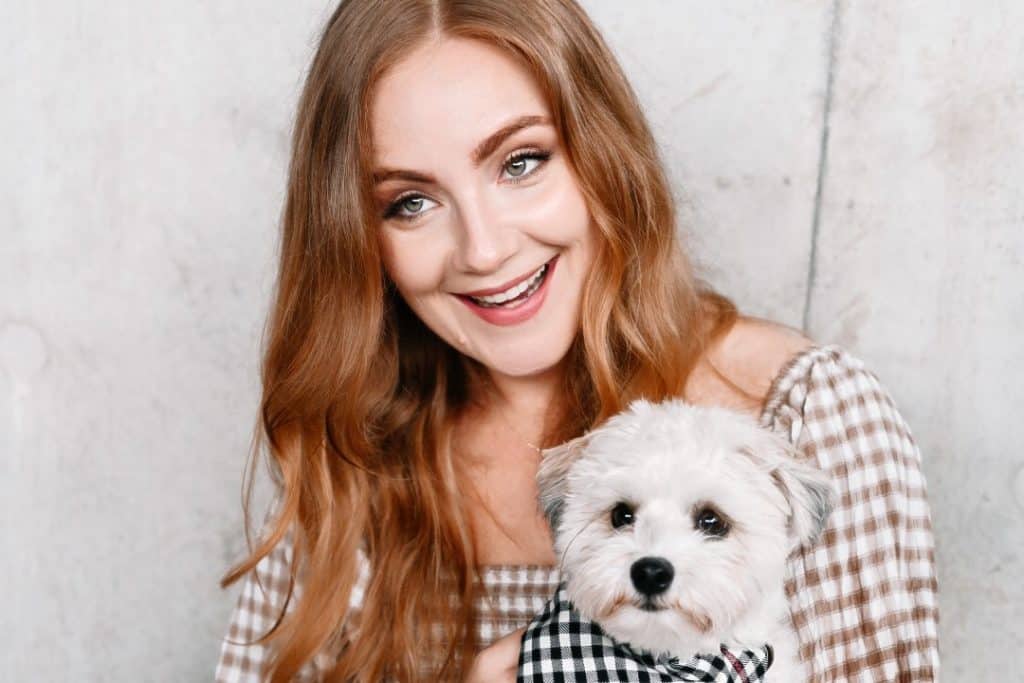When my niece was born, just over three years ago I made the decision not to buy her any gifts. I know, mean Aunty alert, but instead of giving her things that would probably end up in landfill, I wanted to give her something that would grow as she did and help her later in life. So, I decided to do two things.
Firstly, I got a custom box from a local small business made with her name on it, and every year on her birthday I write her a letter, including things I’ve noticed about her, what her year has looked like, and how much she has changed. I write down those hilarious little moments that I fear might get lost if I didn’t put pen to paper.
More than that, I offer her advice on things I wish someone had pulled me aside and told me much earlier. In years to come, she can read Aunty Jess’ hot takes on the importance of failure, taking risks, speaking up when you see something wrong, how immortal the Spice Girls are, and the fact that success isn’t defined by your job title or postcode.
I also tell her how much coffee costs, that women still get paid less, who is Prime Minister, and how she can use her beautiful, ferocious little soul to change the world.
The other thing I do is invest for her.
When she was born, I opened a high growth, diversified investment portfolio that I (and some other family members) contribute to regularly, taking the money we might have spent on toys and investing it instead. When she turns 25, it will become hers. Right now, she has just over $3k, but she is on track to have over $70k by her 25th birthday.
Waste not, want not
Putting money aside for my niece’s future was an easy decision for me, and not just because I’m a qualified financial adviser.
I’m sure you’ve felt this sinking feeling too: knowing the realities of the climate crisis and then seeing the amount of unnecessary (often plastic) gifts being thrown on the pile at a kid’s birthday party. In fact, nearly 27 million toys are thrown away by Australians every year.
This got me thinking, not only about how we can reduce our consumption and waste, but about how I could use that same money I might have spent on toys, to do something that would create far more impact in the long run than having the latest Peppa Pig toy.
Investing for the future
Over my 15+ years in financial services, I have had many, many conversations with parents and grandparents who want to invest for their (grand)children’s future but weren’t sure where or how to start. And recently, there have been lots of fresh conversations happening about how to create an investment funds for kids, thanks in part to one of the NSW Liberals’ pre-election promises of a ‘Kids Future Fund.’
This policy would have given parents the ability to contribute $400 to a pooled fund, which would then be matched by an additional $400 from the government; the idea being to set up the next generation for greater financial security.
However, with the NSW Liberals losing the election, we won’t see this come to fruition. So, I wanted to offer some options and considerations should you want to set up something similar for your kids, grandkids or your niblings.
Start with why you want to invest
Often the best investments are those that are aligned with our values. So, it’s important to take a moment to think about why you are wanting to invest. Is it to help your child cover higher education costs? Is it for their first electric vehicle? Or so they can take a gap year after school? Or perhaps it’s to help them with a house deposit, or even just money for them to use how they wish? When we know why we are doing something, it can be much easier to find the energy (and resources) to make it a reality.
Decide on your time horizon
Will you hand over the account when they turn 18? 25? 35? Taking a moment to consider your time horizon can affect how you set up the investment, what you invest in and how much risk you are willing to take.
A general rule of thumb is the shorter the time frame, the more conversative your investments should be. Similarly, the longer the time frame, the more risk the portfolio can handle. This shouldn’t be ‘set and forget’ though, and it might be wise to chat to a financial adviser to help you figure out what’s right for you.
With my niece, I opted for a 25-year time horizon because I know if 18-year-old me got a pile of cash in my hot little hands I would have no doubt wasted it on things that were probably lots of fun but not very sensible. However, if the money is set aside for a car or something specific, perhaps handing over the ‘keys’ at 18 is the best option.
Keeping money in cash
Aside from investing for your kid’s future, you might have already set up a bank account with cash earmarked for a ‘rainy day’. Here’s the thing about having savings in cash: normally it’s because you are intending to use it in the short term. When your money is in cash, you don’t need to worry as much about the volatility of investment markets and you can have a level of confidence that it will be there when you need it.
However, with inflation currently outstripping the interest savings rates you get from a high interest savings account, the real value of your money is, in fact, going backwards. Ouch. So, if you are wanting to invest for your child’s future, you may not be taking enough risk to achieve the growth you want, by keeping your money in cash.
Investing in shares
Investing in shares on behalf of a child does give you a certain level of flexibility (if you are willing to put in the time to research the companies), as you can buy and sell whenever you like. It also means you can handpick companies you (and potentially your child) want to invest in. It’s also worth considering that, when you handpick companies to invest in, your ability to diversify (investing across multiple assets to manage your risk) is often limited.
It is also important to know that if you intend on buying individual shares on behalf of a child, you will generally need to hold these in a parent’s name. This is because you will need to declare any growth/profits of the shares (even if you reinvest any dividends) as part of your annual income. And if you intend to transfer the ownership of these shares to your child when they become an adult, it’s a good idea to speak to an accountant about Capital Gains Tax (CGT) implications.
ETFs or Managed Funds
Exchange Traded Funds or ‘ETFs’ and managed funds are typically a parcel or bundle of companies that you can invest in through a stockbroker or trading platform. So, instead of needing to handpick companies, a fund manager does that for you. This can be great for parents who don’t want to have to pick the stock themselves or who want to diversify their investment.
If you invest in an ETF or managed fund on behalf of a child, this will need to be held in a parent or adult’s name and the same tax implications will apply as if you invested in shares.
Investment Bonds
Essentially, investment bonds enable you to buy different types of portfolios (managed by fund managers) with a unique tax structure. Adults can own them in their name, and the tax you pay is done inside the fund and kept to a maximum of the company tax rate (30%).
After the Bond has been in place for 10 years, any withdrawals or transfers to someone else’s name (e.g. your child) is tax free. The catch? The maximum you can invest is typically 125% of whatever you invested the year before. So, if you have a year where you can’t invest a cent, you won’t lose the money already in there, but you won’t be able to contribute additional funds either.
Some examples to make it real
Let’s say you have $800 to start investing for a child initially, and that you can add $100 a month for the next 15 years, without taking out a cent. Excluding fees (which can vary significantly), here is what your investment might look like at the end:

Now let’s say you have $200 to invest initially, and then you wanted to add an additional $200 each year for their birthday and other occasions like Christmas, Hanukkah or Ramadan. Excluding fees (which can vary significantly), here is what your investment might look like at the end:

The ASIC MoneySmart Calculator has a handy tool to help you project what your investment could look like based on your budget and expected returns.
Get started sooner rather than later
Other things to consider when investing on behalf of a child are fees, risk profile and average net returns. Whether you choose shares or managed funds, an initial investment or regular contributions, I am sure your children (or grandchildren, niblings, or friend’s kids) will be enormously grateful you got started when you did.


